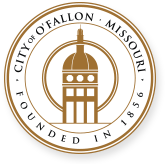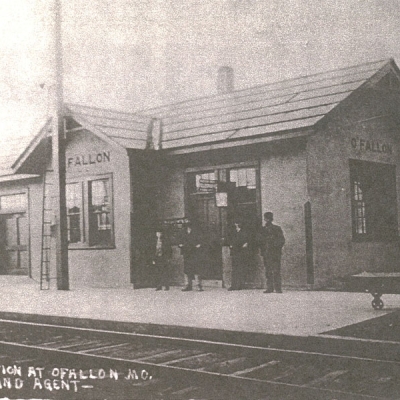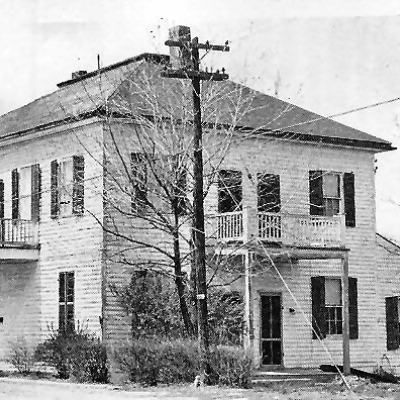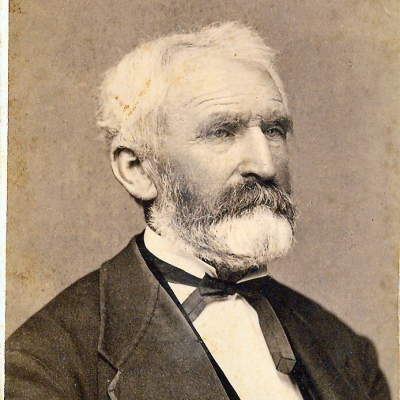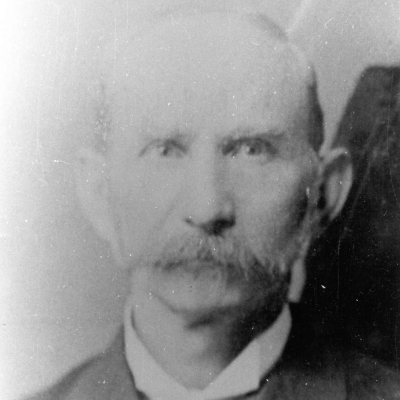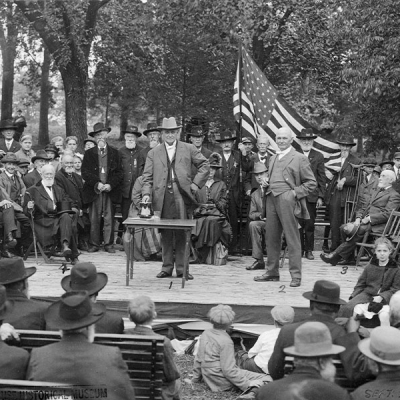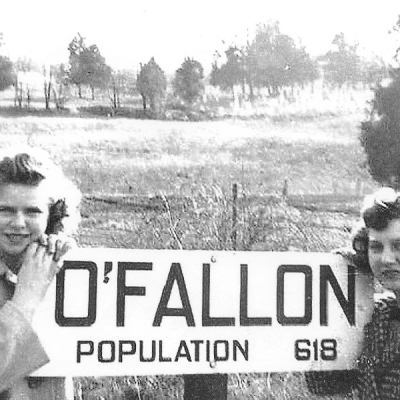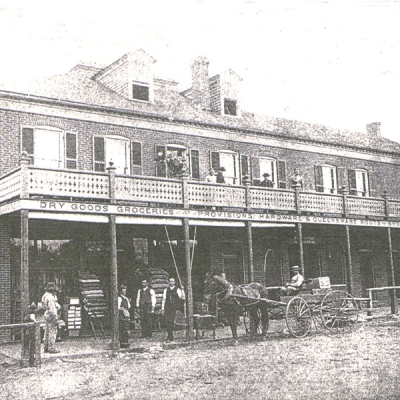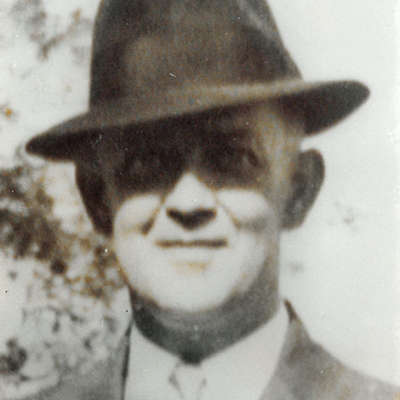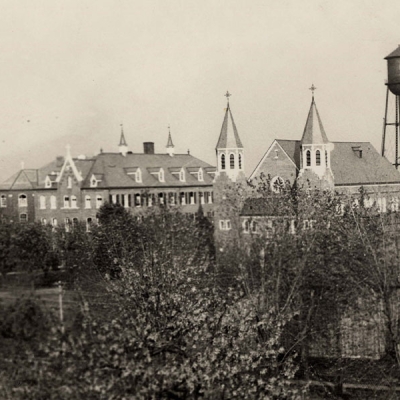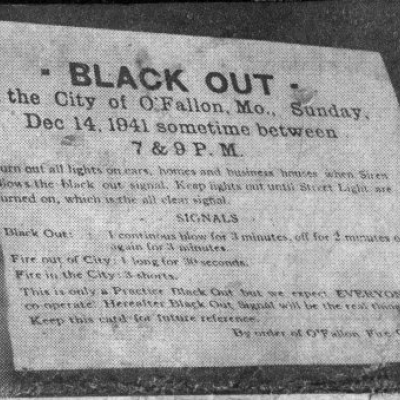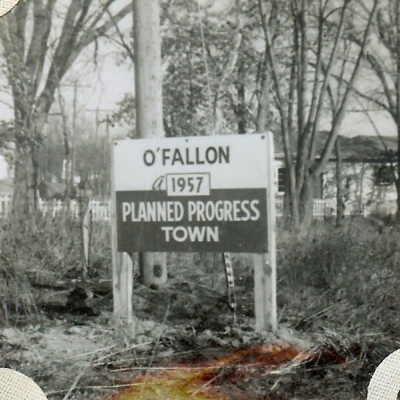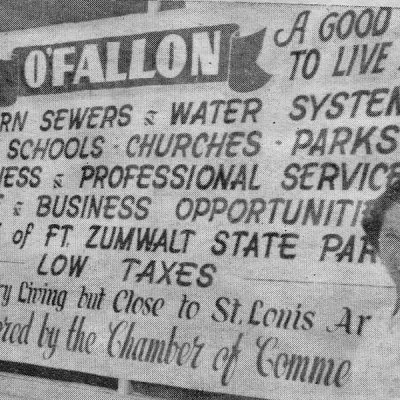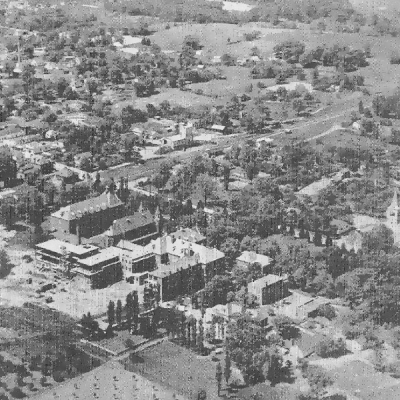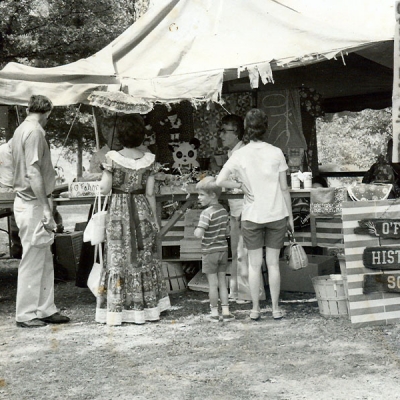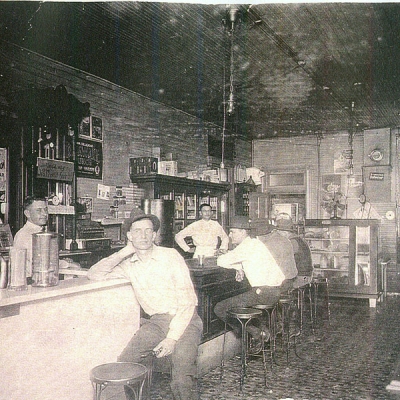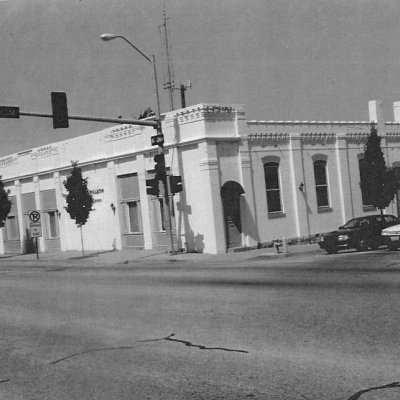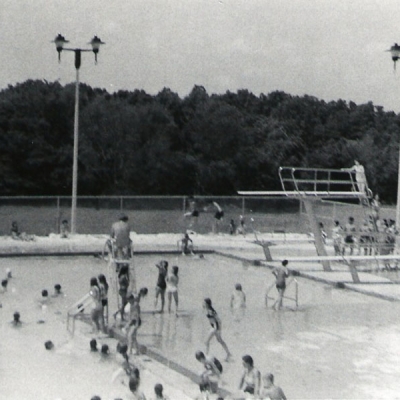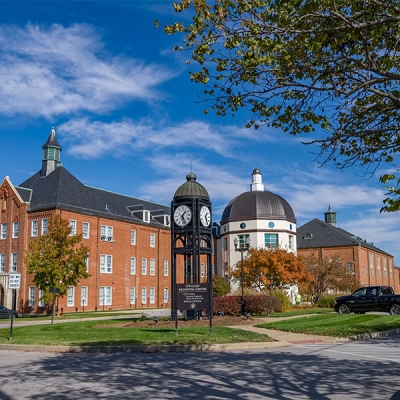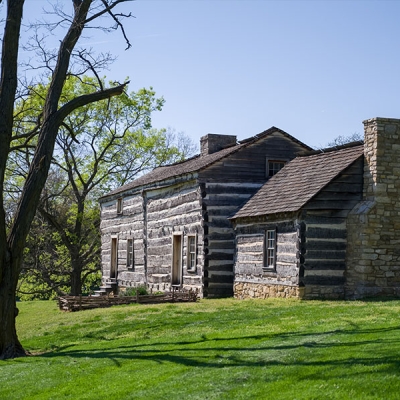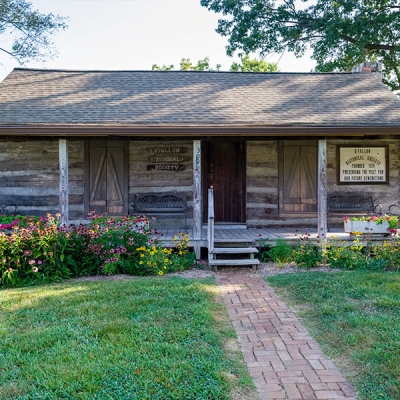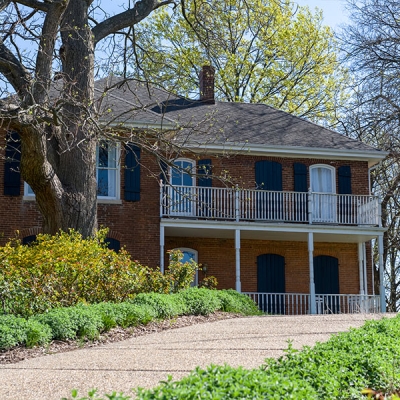History of O'Fallon
In 2019, O'Fallon celebrated Money magazine's recognition – again – of our City as one of the nation's "100 Best Places to Live." How we got there is a tale of entrepreneurship and of business leaders who wore many hats.
German immigrant Nicholas Krekel was O'Fallon's first resident and first retailer in 1856, and in 1857, the first postmaster and first railroad agent, as well. He operated his store out of his house, the first home built in O'Fallon.
He settled here because his older brother, Judge Arnold Krekel (who also owned a newspaper), purchased land, plotted a town and donated some of the property for a new railroad line.
O'Fallon in the early 1900s
In 1912, the City incorporated with about 600 residents. O'Fallon's first mayor, Fred Jacoby, built the first drug store and started the first telephone service, which he installed himself, including a switchboard in his store. Mayor Jacoby also started the town's first band and invented a grain reaper.
In 1939, with only $50 in the general fund, Mayor Paul A. Westhoff, Sr., cast the decisive vote to build the City's first sanitary water and sewer system, launching an era of progress and expansion.
To help the City build the system, St. Mary's Institute donated $5,000. St. Mary's is O'Fallon's oldest corporation, founded by the Sisters of the Most Precious Blood to support their educational endeavors.
America entered World War II not long afterward and O'Fallon residents found jobs at the government's new TNT-manufacturing plant built near Weldon Spring.
Post-war growth and prosperity
By 1956, O'Fallon's population had grown to 1,357. The City's three-day Centennial celebration, which included a beard-growing contest, drew spectators from many neighboring towns. About this time, O'Fallon's first subdivisions were started. A sign was posted along the highway, "O'Fallon, a Good Place to Live." Many residents commuted to manufacturing jobs in St. Louis
Still, until the early 1970s, O'Fallon remained roughly 20 blocks square in size, mostly on the north side of I-70. The town was so small that if there was trouble, officers usually had an idea who caused it. And the area was so rural that officers occasionally got called out to handle stray cattle wandering across a road.
As the city grew, so did the need for expanded water service, electrical service, fire protection, law enforcement and mail delivery. The city also boasted several civic organizations, social clubs, parks, and the town's first library.
A leader in St. Charles County
In the mid-1990s, O'Fallon began an aggressive program of City-wide infrastructure improvements that supported phenomenal residential, retail and manufacturing growth, resulting in a 25 percent increase in the number of available jobs. O'Fallon was officially a boomtown.
At the same time, a new industry based on O'Fallon's past emerged – tourism. Although, as a town, O'Fallon began with Arnold and Nicholas Krekel, the City's historic sites include early American and Native American history, a War of 1812 settler fort and Civil War history.
Accordingly, City officials, citizens and business people moved to preserve and restore several buildings: Westhoff Grain and Mercantile Co., Westhoff Light and Power Co., O'Fallon's railroad depot, the Darius Heald Home (built circa 1884 and open for tours in the summer), an 1870s log cabin (now the O'Fallon Historical Society Museum) and the east, west and south wings of St. Mary's Institute educational building, which is now the O'Fallon Municipal Centre.
In 2006, Money Magazine for the first time ranked O'Fallon among America's 100 "Best Places to Live" and O'Fallon celebrated its Sesquicentennial, or 150th anniversary, with a year-long series of events spotlighting the City's history.
In 2015, the O'Fallon Community Foundation and the City of O'Fallon opened the long-awaited reconstructed Jacob Zumwalt's settler fort, which sheltered families from Native American attacks during the War of 1812. Learn more about the reconstruction project.
Today, O'Fallon's borders have expanded to about 30 square miles and our population stands at more than 90,000. The same railroad line that started our City is still in operation.






 O'Fallon, MO 63366
O'Fallon, MO 63366